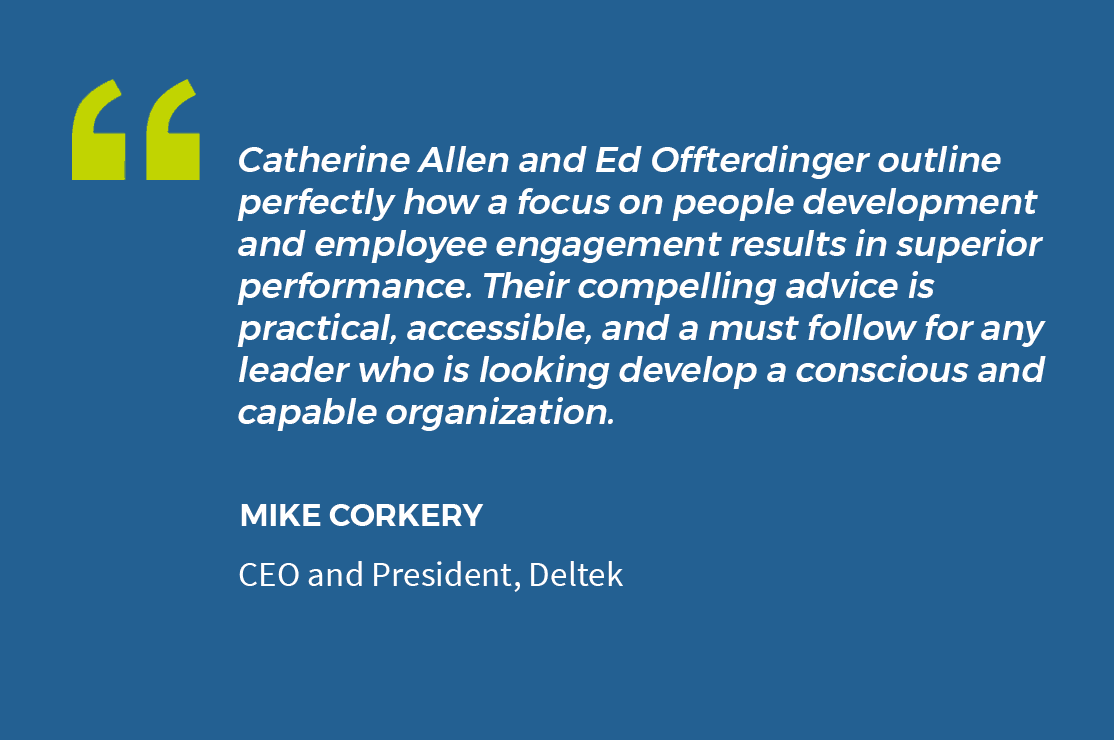- May 5, 2021
- Posted by: aopp-admin
- Category: Business Strategy

I was in my late twenties when I was asked to make a brief presentation to the board of a major hotel company client. My total speaking time was brief – maybe five minutes but I was nervous…..very nervous. There were some heavy hitters there, including Bob, one of the managing partners of the office. Did I mention I was nervous?
I got through it and was heading back to my office when Bob cornered me. It felt like when Mark Harmon’s NCIS character Gibbs hits the emergency stop button in the elevator, so he can button-hole one of his team.
“So how do you think your presentation went?” he asked.
“Pretty good,” I lied.
“Well, you know Eddie, they tell me you’re pretty smart, but we’d have no way of knowing based on that presentation.”
I can still feel the way my heart pounded, and my stomach lurched. It was like when golf commentator Johnny Miller said of a nervous golfer. “His hands are sweating buckets, and his mouth is so dry he couldn’t spit if his life depended on it.”
“Uh…” I croaked.
And then it happened. Bob carefronted me. And in the process, he became the best boss I ever had.
“Look, we can do something about it. We can help you…. if you’re up for it. Are you?” he asked.
“Absolutely.”
Carefrontation vs. Confrontation
Feedback is key in the workplace. It’s the critical ingredient to grow, learn, develop and adapt and that makes it not only important for talent – but for organizations as a whole.
But feedback has gotten a bad rap…especially when we call it ‘negative feedback.’ It’s time to retire that phrase because while positive feedback feels good and is important to acknowledge what’s working well – so-called negative feedback is what’s really useful because it’s highlighting areas and opportunities for growth. What makes it negative isn’t so much the feedback but the way it’s delivered. It’s all in the approach.
That brings me to the idea of ‘carefrontation,’ something I’ve heard a lot of people mentioning lately. I first heard this term from Dr. Joe Currier back in the 1990s and it’s growing in popularity – which is a wonderful development. Because carefrontation acknowledges that it’s important to confront the people in our lives – those that work for us, even our children, spouses, friends – but for our words and suggestions to be useful – we must do it in a way that shows that we care. We owe people our honesty and should deliver the information with integrity, dignity, and love. At AO People Partners, we help leaders do this by building what we call Conscious Development Cultures.
We know that people development is at the core of any successful company’s business strategy. Many companies have figured this out on their own but aren’t sure how to make it happen. One thing we emphasize is the importance of integrating capability development and performance management. Talent development and performance management are naturally connected but are frequently pursued as largely separate activities. Managers are tasked with delivering feedback, but often have little knowledge about how to help an employee improve. So they refer the employee to L&D for training. And if they do have ideas, managers frequently don’t know how to deliver the feedback in a direct and supportive manner.
These performance management conversations fall apart in predictable ways. Often, the supervisor doesn’t provide negative feedback at all because he is reluctant to hurt the person’s feelings. And if she does share, she’s not sure how to help. And of course, there are those managers who only share all the negative feedback but offer no solutions. Carefrontation offers a framework and approach to fix this problem. Mention the issue, problem or challenge and then offer suggestions to address it.
When carefrontation is done right – it can be a turning point in a career. It was for me. Two weeks after Bob talked to me, my company sent me off to a four-day, intensive, public speaking presentation training, and I started to learn the tools and get the practice needed to get better. In time, with a few resources and the willingness to practice, I became pretty good. I’ve thought about that miserable board presentation and Bob’s action a lot over the years and I wonder how and if my skills would have developed without that moment of honest and helpful feedback.
What does a great boss do? She or he cares enough about their employees to honestly tell them what’s lacking in their performance, and help the person get better. We do no one or our organizations any good if we don’t take the time to be candid with our people. But negative feedback alone isn’t particularly useful either. As leaders we must care enough to focus not just on the problem, but also the solutions.
Oh, yeah. One more thing. It’s a real sign of the time period but Bob’s feedback didn’t stop with my public speaking. That day when he cornered me, as he started to walk away, he turned around and came back, looked me up and down, and said, “Would it kill you to get a little starch in your shirts?” Yes. The dry-cleaning bills skyrocketed from there, but I was grateful for that bit of honesty too.
Want to be a boss that people still talk about after 30 years? Be like Bob and care enough to have a carefrontation.
Ed Offterdinger is a former CEO and Managing Partner who served in senior leadership roles for 25 years and is now a leadership coach, strategic advisor and author. His first book, co-authored with his AO People Partners co-founder Catherine Allen, is titled ‘‘Conscious, Capable and Ready to Contribute: How Employee Development can become the Highest Form of Social Contribution.” It’s set to publish later this year through Conscious Capitalism Press. Connect with him on LinkedIn.

